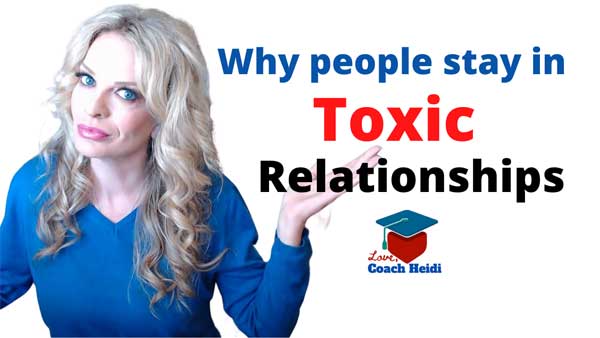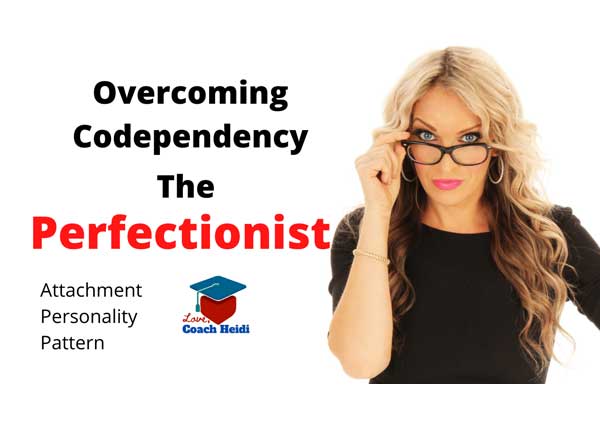
When to stop trusting an addict or alcoholic to do the right thing” Overcoming Codependency
Here’s the truth. You can have absolutely everything else but if you have a relationship that causes you confusion, anxiety, resentment, or pain, then you’ll ask yourself “what’s the point?” You deserve better than that. So, how do you have the peace and sanity you deserve, especially when it comes to dealing with a relationship with an addict and alcoholic?
Let’s be real. When you have a relationship with an addict or an alcoholic, you feel like you have two people. You have the person you know your loved one can be and you have the person that is currently showing up for you.
There’s a tug of war between the two and you wonder if you can ever trust this person to do the right thing.
You grow so resentful and tired of believing the lies only to be disappointed over and over again! When should you stop trusting an addict or alcoholic to do the right thing?
There comes a point where you think, “I’ve got to stop being so gullible.”
I have an online family program that I run with a group component, and at the start of the family’s journey I ask everybody, “who is dealing with this addiction for the first time?” A few raise their hands. Then I ask, “Who is dealing with a relapse for the first time?”, a few more hands go up. Then I keep asking how many times their loved one has relapsed and sometimes I get all the way to 22 times.”
But sometimes recovery is like that. It’s like a combination lock and every time somebody goes into treatment they get another number on the lock and they’re a little closer to long term recovery. Sometimes it takes more than one try, more than one number to be set free. And we never know when that’s going to be.
So we remain “cautiously optimistic.”
But what does that really mean?
Trust is the foundation of every good relationship. Without trust, we have nowhere to go. I know you want to trust and I know you are keeping the hope alive that your loved one will finally get it! But I also know you are in immense pain and your feelings run the gamut from despair to numb.
You’re always waiting for the other shoe to drop and when they are sober, you can’t even feel happy because you think, “it’s only a matter of time before it all goes to Hell again.”
Your pain is real. Your anxiety is valid. Your feelings matter! But if you’re used to walking on eggshells, you won’t know what to do with your pain.
You may feel guilty for being angry or feeling distrustful. Your addicted loved one may even put the blame for their relapse on you for not “believing in them enough”. It’s an unbelievably hard place to be in.
We don’t talk about the family enough. And that’s why my mission is so important to me. Addition affects the family so much more than we realize or give attention to.
There’s a lot more help for the addict or alcoholic. And one can feel like you have nowhere to go.
The truth is, of course the addict has had it rough. But you may have had it worse.
Why? Because while the addict was high, checked out, or sleep walking their way through the pain they caused, you were awake for every second of it.
You may find out that you’re just now realizing the massive impact this has made of you mentally, spiritually, emotionally, financially and physically.
So, back to trust. When do you stop trusting that the addict or alcoholic will do the right thing?
Here’s the rule. You can always trust something to be what it is and you can never trust something to be what it is not.
For example, I am going to trust that a chicken is a chicken and a tree is a tree. But I’m not going to trust that a chicken is a tree. (no matter how much potential I believe it has or how much I think it should be or the story that if the tree loved me it would.)
What that means for you when a person is active in their addiction, you’re not going to trust him or her to behave in any other way than an addict in active addiction would behave.
You start to realize that getting mad at an alcoholic for drinking is like wanting a chicken to be a tree.
When you say, “I trusted you that you wouldn’t use drugs”, “I trusted you that you wouldn’t drink today”, “I trusted you not to get high.”, “I trusted you to go to the meeting.”. It is the same as saying, “I trusted the chicken to be a tree.”
It’s ridiculous. It doesn’t make any sense.
So, what do you do? Give up believing? Give up hope? Stop trusting forever?
No. You never give up hope. You never stop having faith that things can and will be different. But you give that to your higher power and you deal in reality.
Here’s what happens. You call out the person for using. They promise they will get help and start to work some kind of program. You get happy. Your brain gets flooded with happy chemicals and you become high on hope. You think, “Thank God! They finally get it! It’s over!”
BUT NOTHING HAS ACTUALLY HAPPENED YET.
So, here’s the new way to look at things. I do not want you to believe anything that comes out of an active addict or alcoholics month~ EVER.I want you to watch what they do instead.
I don’t want you to believe anything that comes out of an addict’s mouth in recovery for the first full year. I want you to watch what they DO instead.
The truth is they want what they are saying to be true. And you can want it too. But it hasn’t happened yet!
So, support their intention. But understand all they are giving are ideas. Nothing has happened yet.
You can say, “That sounds great! I can’t wait to see that!” Then WATCH.
It will either happen or it won’t. And then, you are left with what to do next. Those are called boundaries.
If you need help with boundaries, you can find a free workshop at www.LoveCoachHeidi.Com
So that’s it for now. I’m keeping it simple because it is.
Love,
Coach Heidi



Recent Comments